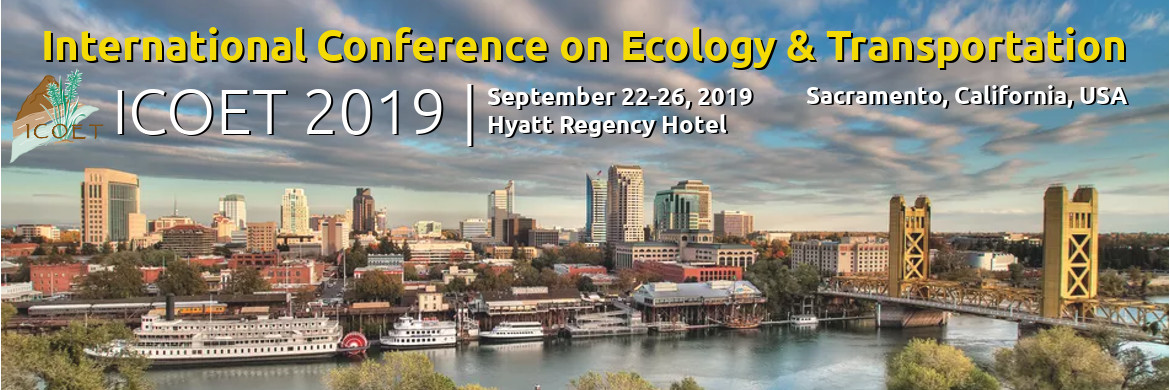Roads and traffic are a significant source of mortality for many wildlife species and often compromise habitat integrity. Understanding wildlife reactions to roads and existing crossing structures is critical for the development of effective conservation programs, minimizing property damage, and reducing human casualties caused by vehicle collisions. Here, we used camera traps placed adjacent to a high volume, 8-lane Interstate highway in the San Francisco Bay area, I-280, to quantify the extent to which six common mid- to large-bodied wild mammals used safe (i.e., underpasses and culverts) and risky (i.e., gaps in fencing which allow wildlife direct highway access) passages. We then analyzed spatial and temporal variation in species-specific detection or risky movements. Our results show that though raccoons, gray foxes and coyotes were more likely to be detected at safe crossings than unsafe crossings, nearly all study species were frequently detected at unsafe crossings near the highway. Furthermore, we show that preferential use of specific crossings and access points vary by species. Our research illustrates the diversity and frequency of wildlife using the land on the highway edge, helping explain why this highway has some of the highest incidence of wildlife-vehicle collisions in California. To make the highway safer for both wildlife and drivers, we suggest sturdy and well-maintained exclusionary fencing in conjunction with modification of already-available crossing structures (culverts and underpasses) for use by wildlife.
